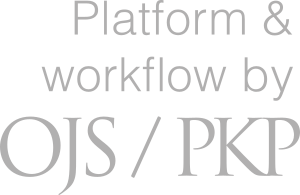Negotiating Translanguaging Space
The Case of Mother Tongue Instruction in Arabic in Sweden
DOI:
https://doi.org/10.47862/apples.147714Keywords:
mother tongue instruction, Arabic, translanguaging space, diglossiaAbstract
In this article, translanguaging as a concept is used to study the negotiation of meaning in Mother Tongue Instruction (MTI) in Arabic in a classroom. The case of Arabic makes translanguaging relevant to the diglossic situation between MSA and varieties of Arabic. The aim of this article is to study classroom interaction in MTI Arabic in relation to students’ space for their varied linguistic repertoires. The material used includes fieldnotes, audio recordings from classroom observations in MTI Arabic and one teacher interview. A seamless shuttling between Swedish and Arabic varieties appears. The diglossic situation in Arabic means that while all students need to learn Modern Standard Arabic, the challenges are greater for those students whose language variety differs most from the teacher’s. In this case, the teacher’s Levantine variety was closer to the variety of some students than of others. The critical and creative aspects inherent in translanguaging put issues of student engagement and participation in focus. In this case, the teacher took a central position and students were rather passive, answering questions and completing set tasks. We conclude that the syllabus and teacher education for MTI need to include issues of linguistic variation and, in the case of Arabic, implications of the diglossic situation.

Downloads
Published
Versions
- 2025-08-29 (2)
- 2025-06-19 (1)
Issue
Section
License
Copyright (c) 2021 Åsa Wedin, Lovisa Berg

This work is licensed under a Creative Commons Attribution 4.0 International License.





